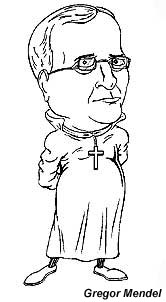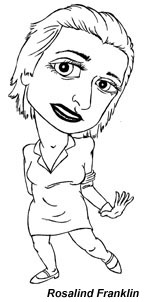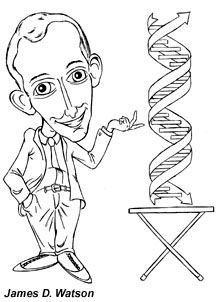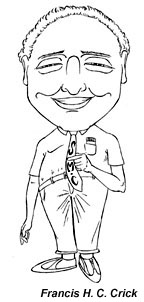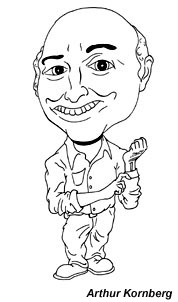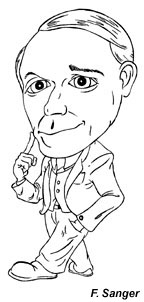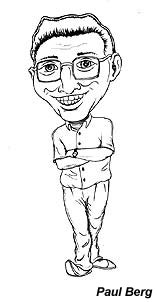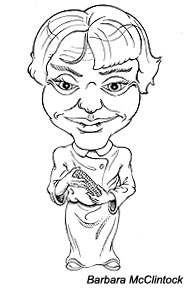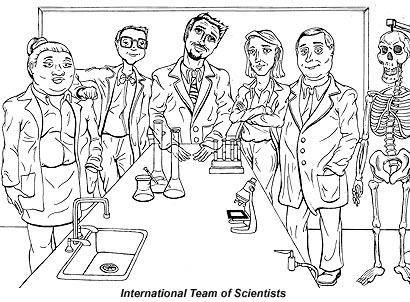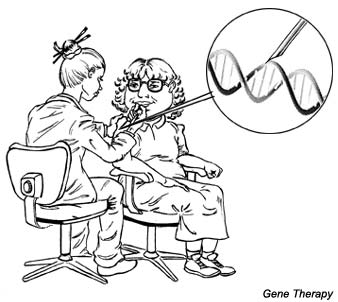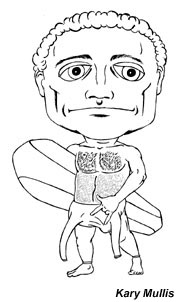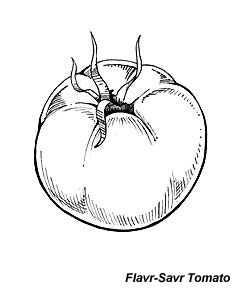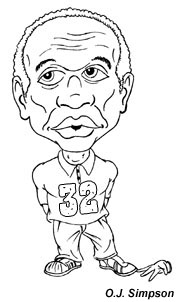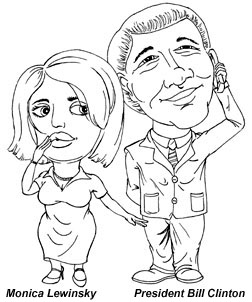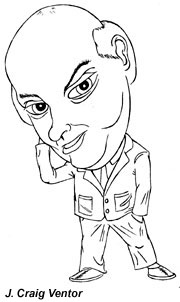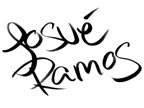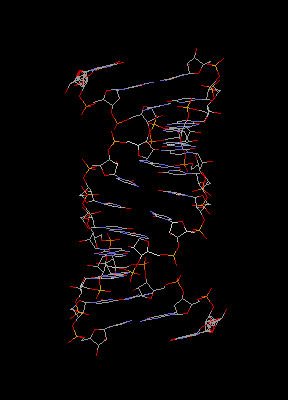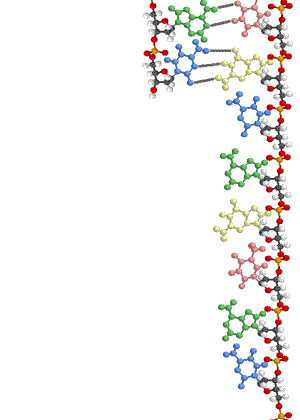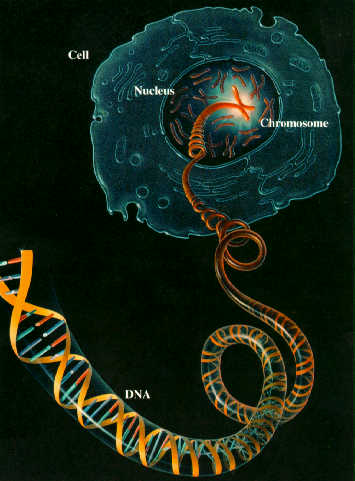
Normal Male
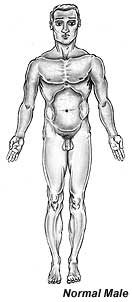 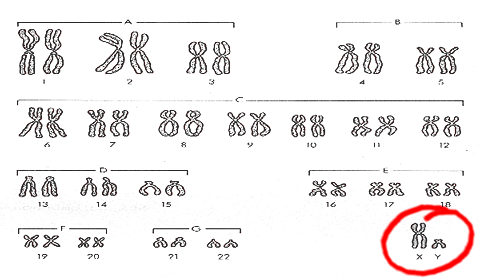
Shows 23 pairs of chromosomes. Twenty two pairs are called
autosomes, 1 pair is called the sex chromosomes ; XY in a male. Males are
associated with secondary sexual characteristics – abundant facial hair,
voice, others. Differences are also evident in the genitalia.

Normal Female
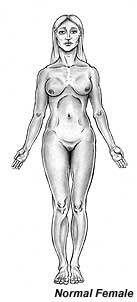 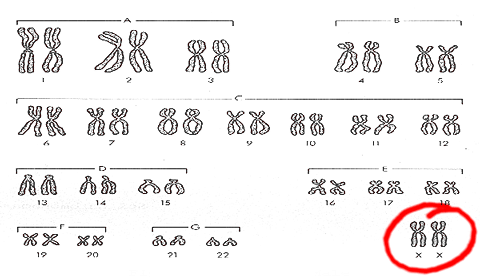
Shows 23 pairs as in the male, but sex chromosomes are represented
by XX. Females also have different physical features from males. A Barr
body is also present in cells of the female, representing an inactivated X
chromosome.

Klinefelter's Syndrome
 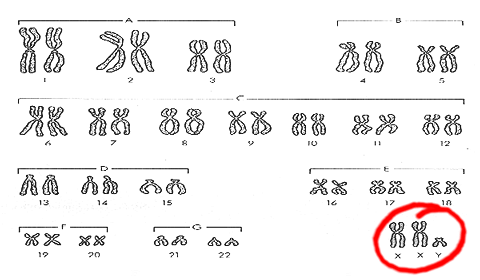
Three sex chromosomes are associated with Klinefelter rather than
the expected 2 - XXY. These individuals are males with some development of
breast tissue normally seen in females. Little body hair is present, and
such person are typically tall, with or without evidence of mental
retardation. Males with XXXY, XXXXY, and XXXXXY karyotypes have a more
severe presentation, and mental retardation is expected.

Turner's Syndrome
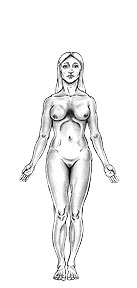 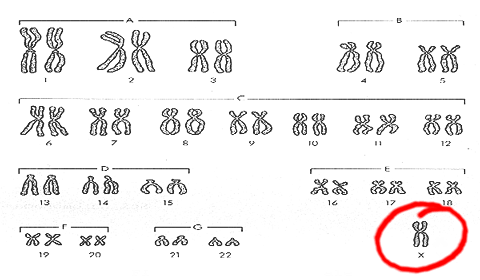
Only 1 sex chromosome is present -X0, or X_. The expected Y
chromosome is missing. Turner syndrome is associated with underdeveloped
ovaries, short stature, webbed/.bull neck, and broad chest. Individuals
are sterile, and lack expected secondary sexual characteristics. Mental
retardation typically not evident.

Down's Syndrome
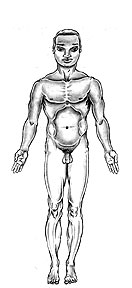 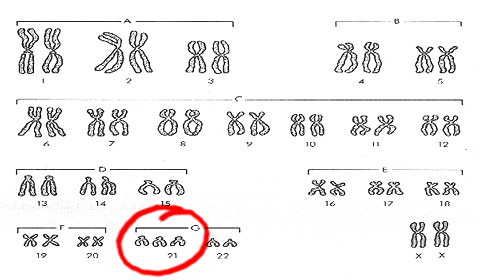
Normally associated with 3 copies of chromosome number 21(trisomy of
chromosome 21), rather than the 2 found normally. Down syndrome is
characterized by differing degrees of mental retardation, a skin fold over
the eye, typically short stature, and short hands with a deep crease in
the palm. Down is also known as mongolism
(mongoloid). | 